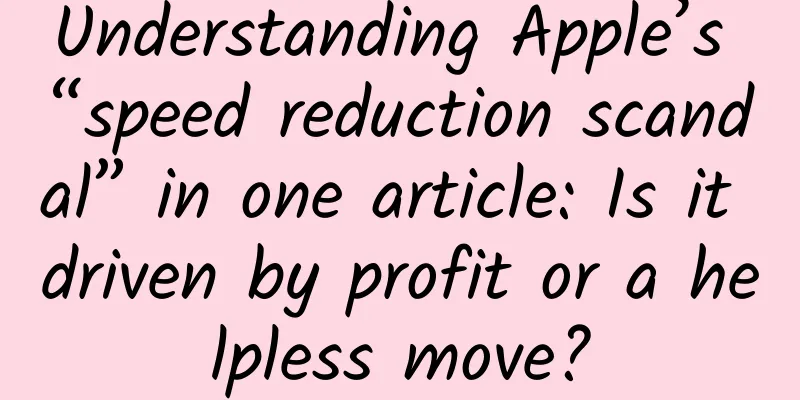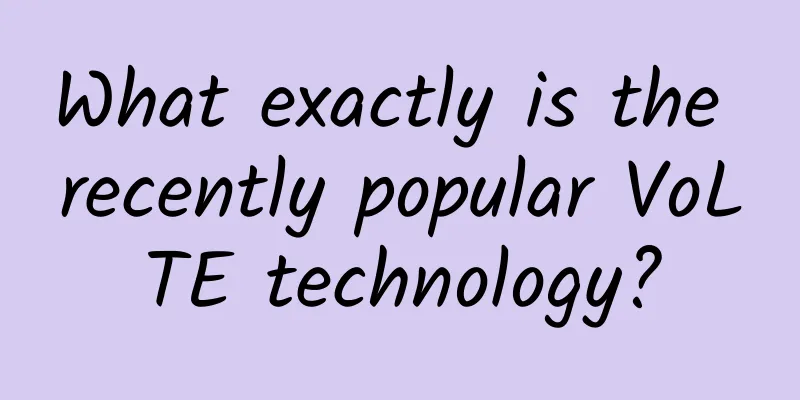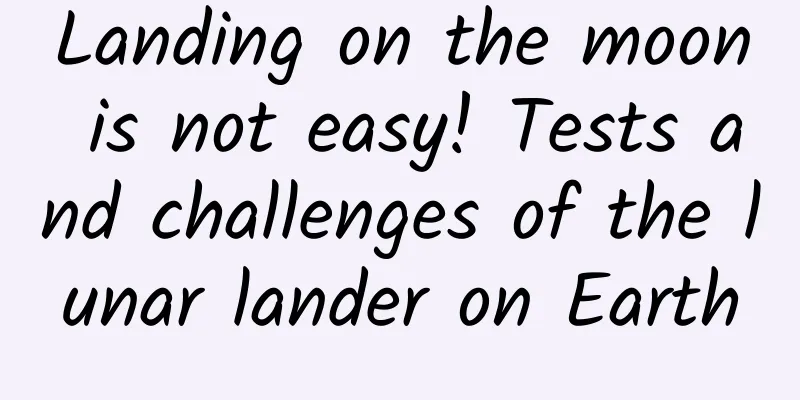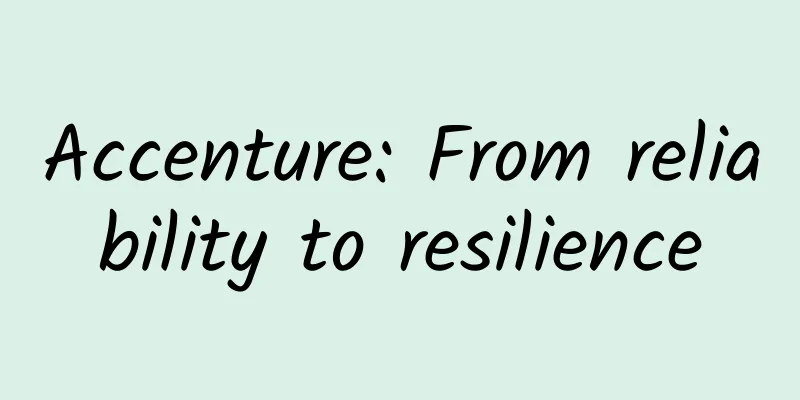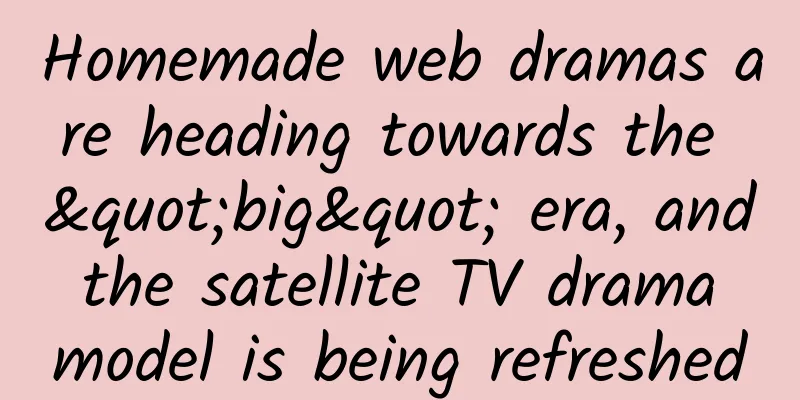Brave New World Unreachable How difficult is it to make a VR movie?
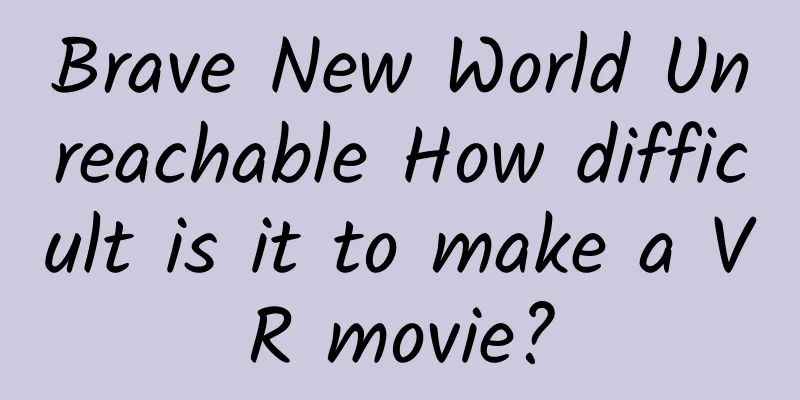
|
Decades have passed, and virtual reality technology has been on the road. Although the VR (virtual reality) era has never really begun, the seeds of VR have been deeply planted in the hearts of investors, entrepreneurs, technology geeks, and technology fans. Movies and games are considered the best way to push VR into the consumer market. Since the release of the movie "Avatar", the film industry has entered a relatively mature 3D era. After it, people go to the cinema not only to "watch" movies, but also to pursue the real experience of unknown scenes. So, after VR technology, which focuses on immersive experience, is integrated into the film industry, can it bring about a film that subverts the viewing experience like "Avatar"? What is it like to watch a VR movie? In the eyes of some people, VR movies are screen images that are more realistic than 3D movies, but reality is only a part of virtual reality technology. Users can choose perspectives at will and move by changing positions in fictional story scenes. The 360-degree visual presentation is the ultimate experience of VR movies. For example, when we watch "Jurassic World", in addition to being able to appreciate the Jurassic theme park from the protagonist's perspective, when dinosaurs appear, the audience can use the gyroscope to twist their heads to observe the dinosaurs from all angles. This means that the dinosaurs may walk past the audience or pass over the audience's heads. To achieve this, the camera must always be synchronized with the viewer's head movement when shooting a movie. The viewer's behavior is random and unpredictable. The viewer's choice of one perspective means giving up another perspective. For example, a wonderful explosion scene may be missed because the audience is looking in another direction. A more exaggerated description is that it is possible that you have watched the entire VR version of "Jurassic World" but found that you did not see a single dinosaur. Jeremy, the head of the Stanford University laboratory, said that since the film is shot from 360 degrees, it is impossible to focus the audience's attention on any one thing at will. "Directors are very smart. In traditional movies, they will tell you when to look and where to look. However, in VR movies, the audience can look wherever they want." This is also one of the biggest difficulties in shooting VR movies, how to create an omniscient perspective, while pulling the audience back to the main plot. VR's recent attempt in film and television is the first VR American TV series "Gone" which premiered last month. It tells the story of a mother looking for her daughter. Unlike traditional TV series, the audience can interact with the virtual reality series. In "Gone", there are some time-sensitive areas that the audience can zoom in and out before they disappear. If the audience stares at these areas, they will unlock some secret plots or discover different plot clues. The creation of interactive plots requires careful design, and the development of different main or auxiliary plots, and it is necessary to ensure that all possible endings will not confuse the audience. Judging from the model of "Gone", virtual reality movies are not as simple as a helmet restoring a virtual theater and screen for the audience. Taking into account the immersive interactivity of VR, directors need to consider many aspects such as shooting, pictures, and scene setting, and sometimes even have to reorganize the plot for virtual interaction. What kind of movies are suitable for VR presentation? According to incomplete statistics, more than ten directors in Hollywood have begun to try to make VR movies, and nearly ten works have been released. In terms of the film industry, in Hollywood, VR technology has begun to prompt some film companies to enter the 360-degree panoramic movie based on helmets, which is a prelude to shooting virtual reality movies. However, the VR movies that have been released are all around 10 minutes, with an average length of about 3 minutes; not to mention the viewing effect, just in terms of production costs, the cost of a 6-minute movie that has been released has reached tens of millions of yuan. Funding, technology, and plot are the key factors that currently prevent VR movies from becoming feature-length films. What types of movies are worthy of directors using VR technology? At present, some of the content that has been released is more like VR promotional videos than VR movies. Movies such as "The Avengers" and "World of Warcraft" and cartoons such as "Ghost in the Shell" and "Little Door God" have all released VR trailers. Various technology conferences and entertainment ceremonies are also increasingly fond of live broadcasting on VR platforms. VR technology, like all new media forms now, has become a good helper for publicity. In addition to the short trailer, the documentary is also very consistent with the tone of VR technology. "I talked to people who have seen the film, and they all felt that they were brought to the refugee camp in person, with a real sense of presence," said director Chris Milk, who used a VR camera to shoot a documentary about Sidra, a girl in a Syrian refugee camp. For the audience of the film, the 360-degree immersive experience can resonate and enable a deeper understanding of the theme of the film. Milk believes that VR has the power to change the way people think, allowing users to think about distant experiences, situations and people. Combined with the above, if VR movies want to look better, it is more important for the director to give the audience proper guidance in the 360-degree scene, and how to integrate VR technology with the plot to more strongly stimulate the audience's sensory nerves when subjective shots, objective shots, panoramas, mid-shots, long shots, and close-ups still exist. The content creation of movies is still a creation with heart and brain, and must not be influenced by technology and VR. Glen Keane, chief animator of Disney, once said, "You can feel the freedom of movement and the service provided by excellent storytellers." This is the future of VR movies. Just like some movies gave up the 3D version, forcibly adding 3D will cause the audience to be disgusted. VR movies are just a means of expression, not the ultimate state of movies. It is not easy for VR to be accepted by all audiences. The most valuable aspect of a movie is never the visual sensory stimulation, but the irreplaceable storyline and imagination. As a winner of Toutiao's Qingyun Plan and Baijiahao's Bai+ Plan, the 2019 Baidu Digital Author of the Year, the Baijiahao's Most Popular Author in the Technology Field, the 2019 Sogou Technology and Culture Author, and the 2021 Baijiahao Quarterly Influential Creator, he has won many awards, including the 2013 Sohu Best Industry Media Person, the 2015 China New Media Entrepreneurship Competition Beijing Third Place, the 2015 Guangmang Experience Award, the 2015 China New Media Entrepreneurship Competition Finals Third Place, and the 2018 Baidu Dynamic Annual Powerful Celebrity. |
<<: Who will get a share of the 100 billion yuan terminal subsidies in 2016?
>>: Virtual reality hit products are zero-hypothesis hype
Recommend
International Asteroid Day | Alien “Guests”: Are Asteroids Guarding the Secrets of the Solar System’s “Childhood”?
Today is International Asteroid Day. According to...
How to promote and operate APP? You need to understand the fundamentals!
With the continuous development of the APP indust...
How to write a planning proposal? The process and skills of operating promotion plan
For marketers, making marketing plans is a common...
Product Operation: The 50 most touching advertising copies!
What advertising copy has most impressed you? Wha...
618 How much does it cost to rent Henan Mobile’s high bandwidth?
China Mobile is the largest network operator in C...
How can physical stores tap into private domain traffic?
In the years when the online economy, represented...
How much is the cost of custom development of WeChat mini programs in Chengdu? Introduction to Chengdu mini program development companies
Now, mini programs seem to have become a must-hav...
How does live streaming boost sales?
Undoubtedly, the strong rise of live streaming e-...
Lin Yu's "Douyin Account Diary 1.0" Atypical Short Video Strategy Course
Lin Yu's "Douyin Account Diary 1.0"...
Marketing skills of online store promotion software
The most mature project on the Internet is Taobao...
Apple maintains the integrity of its mobile phones
I believe that users who care about the developmen...
How much does it cost to create a course purchasing mini program in Liuzhou?
There is no fixed price for the production of the...
Double the performance? 7-step framework for new media word-of-mouth marketing
In the digital age, marketing methods have change...
Chest pain "just go away"? Or it could be a sign of sudden death! Be highly alert to these 3 chest pain signals...
Expert of this article: Zhao Jing, attending phys...
Book Search Master v16.14 Massive resources are here_Taoduoduo
【Software Description】 Book Search Master is a po...
